

Improved system production for better yield
Intercropping is a farming technique where different crops are grown together on the same land. In this case, it's about growing bananas or plantains alongside other plants. This is a really important method for farmers. However, there are also some challenges. The plants might compete for nutrients and water, and diseases could spread. Also, planting and harvesting need to be done carefully to avoid damaging the banana roots.
This technology is TAAT1 validated.
Open source / open access
Competition for nutrients and water: Growing only bananas or plantains on a plot can lead to competition for nutrients and water, potentially reducing crop quality and yield while inefficiently using available resources.
Weed suppression: Monoculture plantations are prone to weed proliferation, which competes with the main crops for nutrients, water, and sunlight, necessitating intensive herbicide use for weed control.
Soil degradation and erosion: Monoculture can degrade soil fertility and increase soil erosion due to nutrient depletion and lack of vegetation cover, posing risks to long-term soil health and productivity.
Vulnerability to diseases and pests: Concentrated planting of a single crop makes it more susceptible to diseases and pests, leading to significant crop losses and reliance on pesticides for pest management.
Dependency on external inputs: Monoculture systems often rely heavily on external inputs like chemical fertilizers and pesticides to maintain productivity, resulting in high costs and environmental impacts from excessive chemical use.
Susceptibility to extreme weather: Monocultures of bananas and plantains are sensitive to extreme weather events such as droughts or storms, which can cause substantial crop losses and economic damage to farmers.
Loss of biodiversity: Monoculture farming reduces agricultural biodiversity by limiting the variety of crops grown on a given plot, potentially disrupting local ecosystems and overall agricultural resilience.
Using Intercropping Strategies for Banana and Plantain boosts farmer income, enhances food security, and promotes sustainable agriculture by diversifying crops, reducing chemical usage, and fostering biodiversity.
To effectively employ this technology, it's essential to:
Receive comprehensive education and training on the benefits and implementation of intercropping, encompassing the selection of compatible crops, proper planting techniques, and management of intercrop interactions.
Obtain access to vital information regarding suitable intercropping combinations, agronomic practices, and market opportunities to facilitate successful adoption.
Secure high-quality seeds for both banana/plantain and companion crops, as they are indispensable for initiating intercropping practices.
Benefit from continuous extension support from agricultural experts or extension workers to address challenges, offer guidance, and ensure proper implementation.
Ensure availability of inputs such as fertilizers, organic amendments, and pest management tools at affordable prices to sustain intercropping activities effectively.
Recognize that no commercial or environmental licenses are required to practice intercropping.
Optimize outcomes by establishing partnerships with agricultural development institutes, fertilizer suppliers, and agricultural service companies to provide support and assist in distribution.
Enhance optimization by integrating with complementary technologies such as Biofortified Beans for Improved Nutrition, Orange-Fleshed Sweet Potato (High provitamin A), Disease-resistant cassava varieties, and New Rice for Africa (NERICA varieties).
Adults 18 and over: Positive high
The poor: Positive high
Under 18: No impact
Women: Positive high
Climate adaptability: Highly adaptable
Farmer climate change readiness: Significant improvement
Biodiversity: Positive impact on biodiversity
Carbon footprint: A bit less carbon released
Environmental health: Moderately improves environmental health
Soil quality: Improves soil health and fertility
Water use: A bit less water used
Scaling Readiness describes how complete a technology’s development is and its ability to be scaled. It produces a score that measures a technology’s readiness along two axes: the level of maturity of the idea itself, and the level to which the technology has been used so far.
Each axis goes from 0 to 9 where 9 is the “ready-to-scale” status. For each technology profile in the e-catalogs we have documented the scaling readiness status from evidence given by the technology providers. The e-catalogs only showcase technologies for which the scaling readiness score is at least 8 for maturity of the idea and 7 for the level of use.
The graph below represents visually the scaling readiness status for this technology, you can see the label of each level by hovering your mouse cursor on the number.
Read more about scaling readiness ›
Controlled environment: model or early prototype
Common use by projects NOT connected to technology provider
| Maturity of the idea | Level of use | |||||||||
| 9 | ||||||||||
| 8 | ||||||||||
| 7 | ||||||||||
| 6 | ||||||||||
| 5 | ||||||||||
| 4 | ||||||||||
| 3 | ||||||||||
| 2 | ||||||||||
| 1 | ||||||||||
| 1 | 2 | 3 | 4 | 5 | 6 | 7 | 8 | 9 | ||
| Country | Testing ongoing | Tested | Adopted |
|---|---|---|---|
| Benin | –No ongoing testing | –Not tested | Adopted |
| Burkina Faso | –No ongoing testing | –Not tested | Adopted |
| Burundi | –No ongoing testing | –Not tested | Adopted |
| Cameroon | –No ongoing testing | –Not tested | Adopted |
| Côte d’Ivoire | –No ongoing testing | –Not tested | Adopted |
| Democratic Republic of the Congo | –No ongoing testing | –Not tested | Adopted |
| Ethiopia | –No ongoing testing | –Not tested | Adopted |
| Kenya | –No ongoing testing | –Not tested | Adopted |
| Malawi | –No ongoing testing | –Not tested | Adopted |
| Mali | –No ongoing testing | –Not tested | Adopted |
| Nigeria | –No ongoing testing | –Not tested | Adopted |
| Rwanda | –No ongoing testing | –Not tested | Adopted |
| Somalia | –No ongoing testing | –Not tested | Adopted |
| Tanzania | –No ongoing testing | –Not tested | Adopted |
| Togo | –No ongoing testing | –Not tested | Adopted |
| Uganda | –No ongoing testing | –Not tested | Adopted |
| Zambia | –No ongoing testing | –Not tested | Adopted |
This technology can be used in the colored agro-ecological zones. Any zones shown in white are not suitable for this technology.




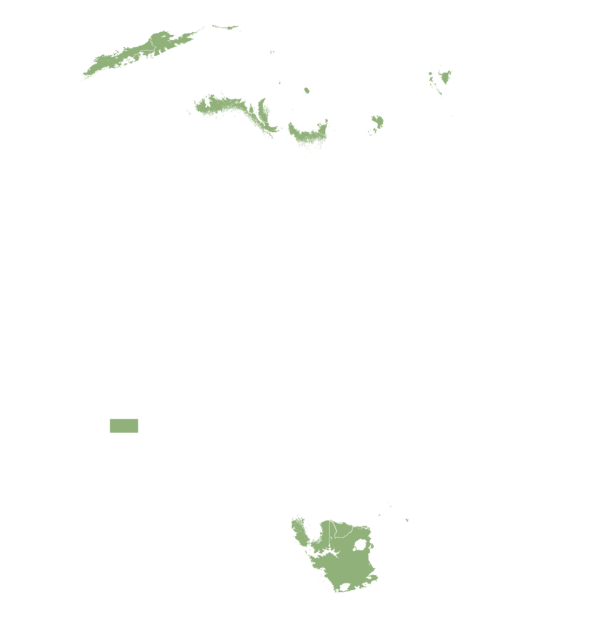







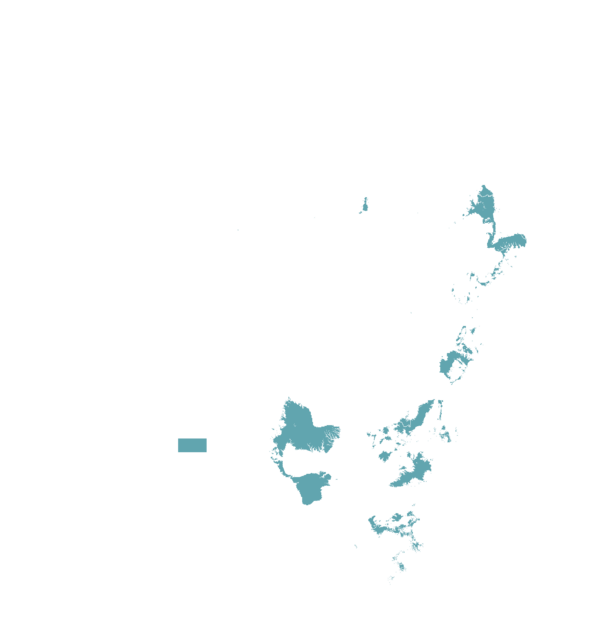


| AEZ | Subtropic - warm | Subtropic - cool | Tropic - warm | Tropic - cool |
|---|---|---|---|---|
| Arid | – | – | ||
| Semiarid | ||||
| Subhumid | ||||
| Humid |
Source: HarvestChoice/IFPRI 2009
The United Nations Sustainable Development Goals that are applicable to this technology.



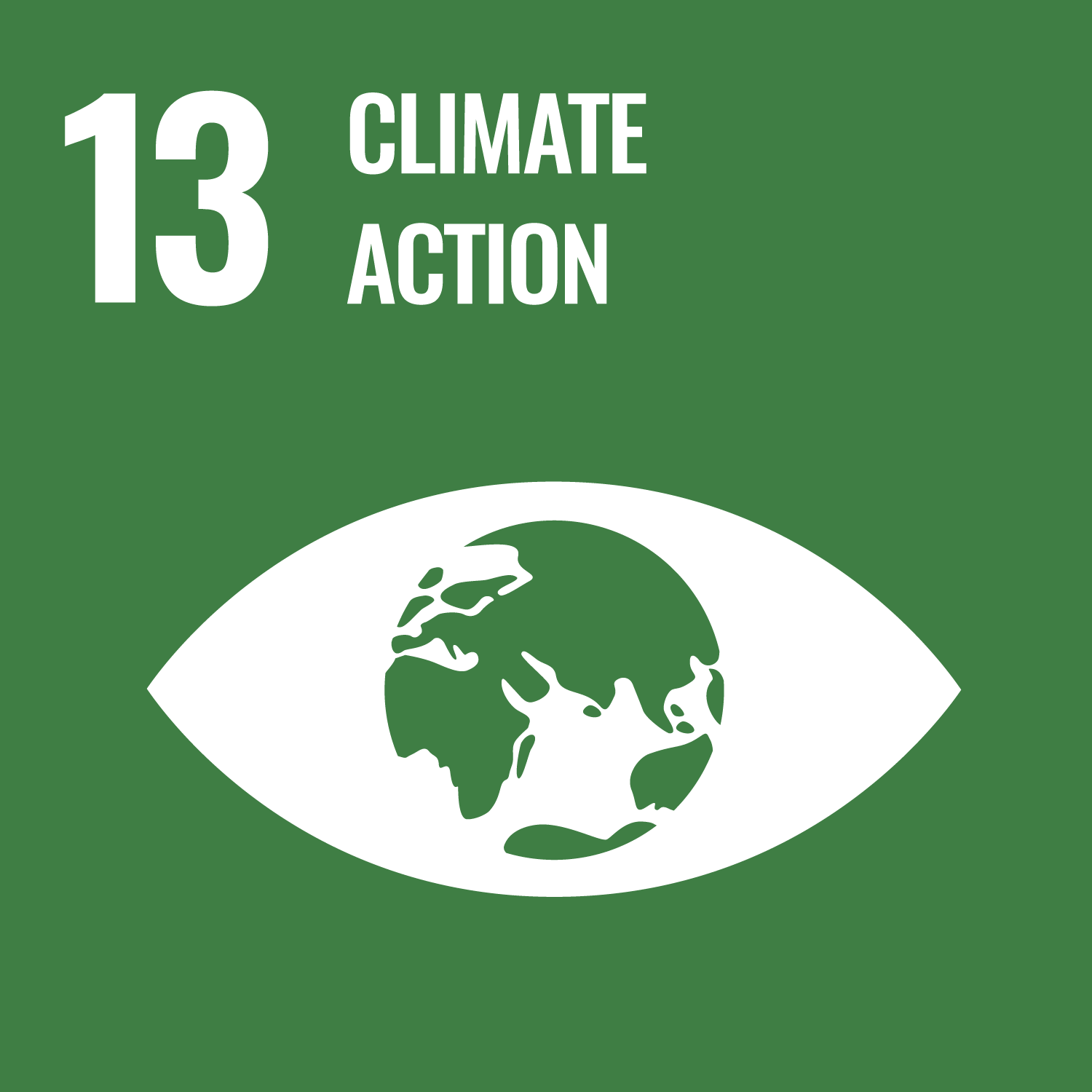
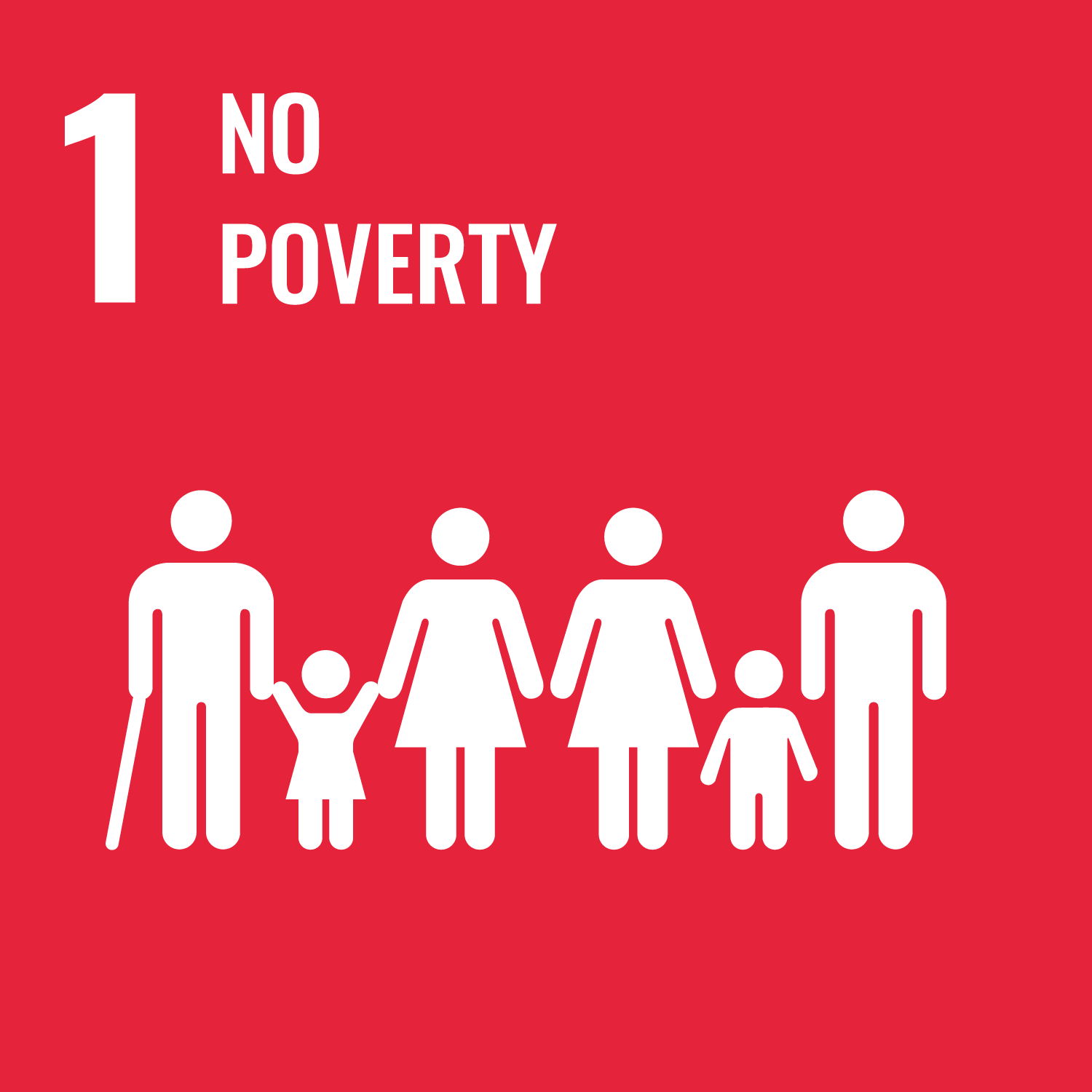
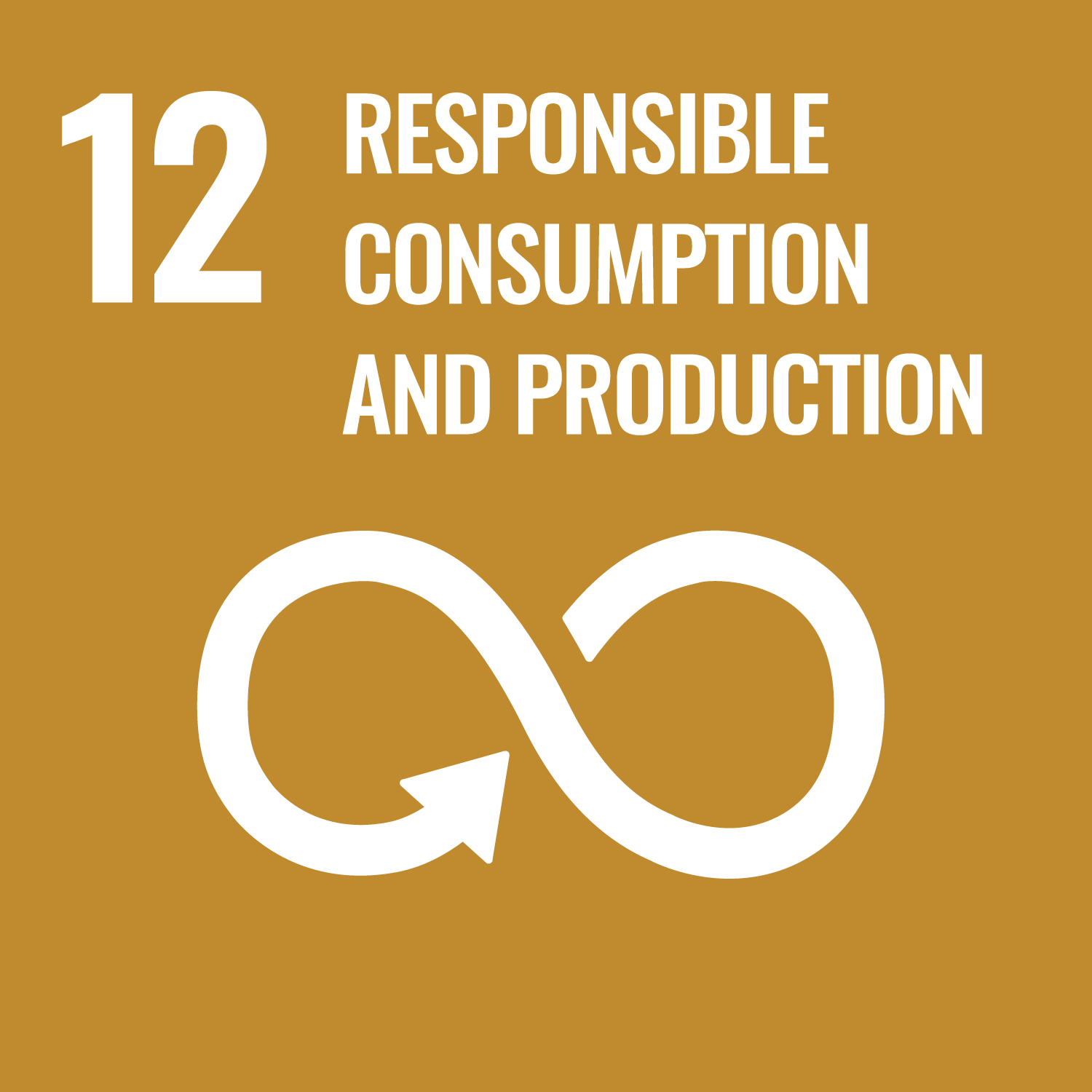
Last updated on 7 November 2025